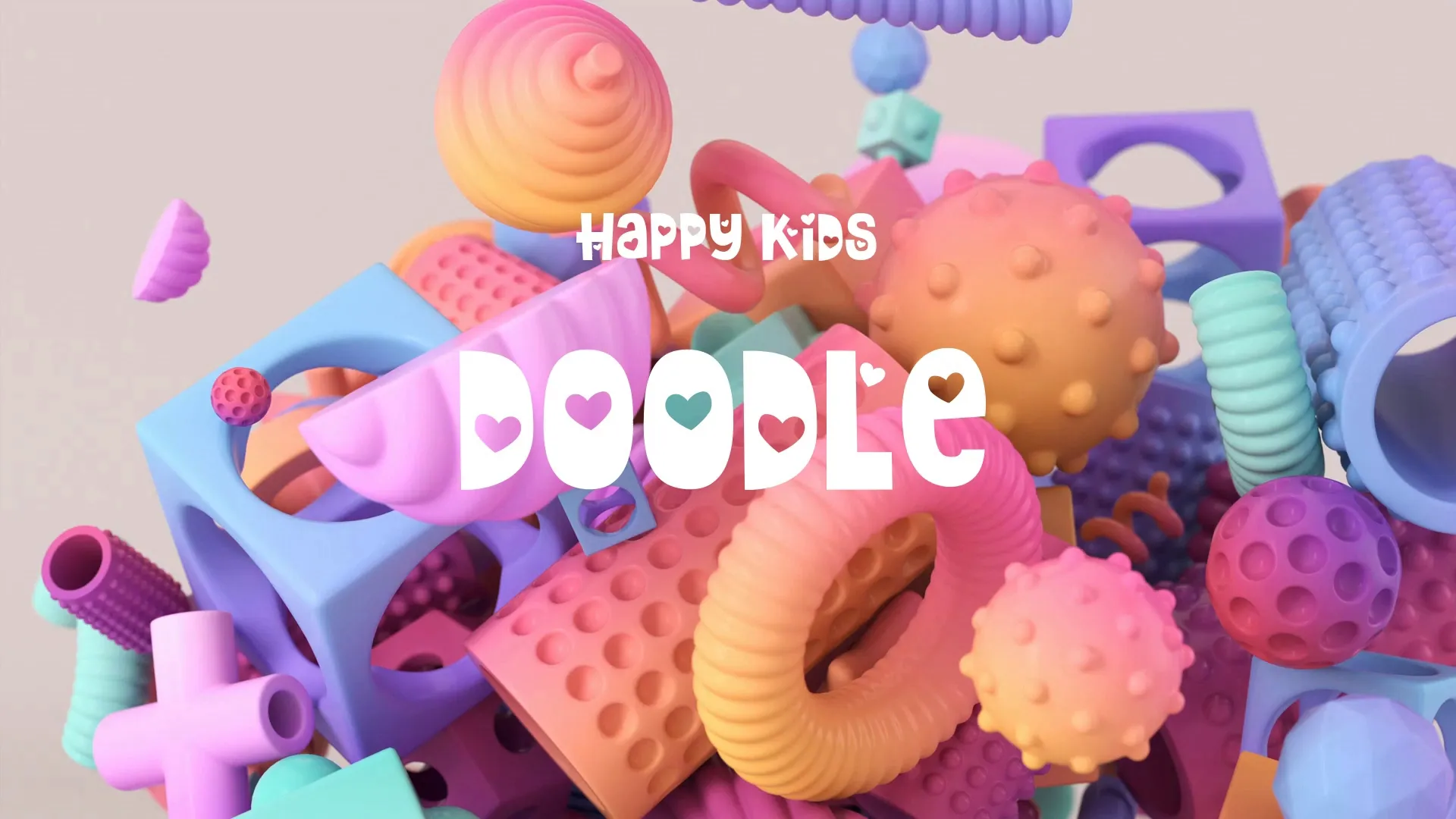Streamlining Game Development: Integrating AI for Asset Management & Workflow Efficiency
Game development demands efficiency, especially for indie studios. Integrating AI tools into your workflow can revolutionize how you manage assets and accelerate your entire development cycle.
AI isn’t just for generating ideas; it’s a powerful ally for practical, day-to-day development challenges.
AI for Smart Asset Integration and Troubleshooting
Integrating assets often leads to compatibility issues, broken references, or incorrect scales. AI tools can analyze asset metadata and suggest optimal import settings, reducing manual trial and error.
For instance, an AI can quickly identify mismatched texture formats or conflicting material properties before they cause visual glitches. It can even suggest conversions or adjustments to ensure seamless integration into your chosen engine. Understanding your engine’s rendering pipelines, for example, is crucial for asset compatibility; more insights can be found in articles like Unity: Understanding URP, HDRP, and Built-In Render Pipeline.
Consider AI-powered plugins that scan your project for common asset-related errors, offering automated fixes or clear explanations of the problem. This saves significant developer time that would otherwise be spent debugging obscure asset conflicts.
Enhancing Version Control with AI
Version control is essential for team collaboration, but managing asset changes can be complex. AI can augment traditional version control systems by intelligently tracking asset dependencies and predicting potential merge conflicts.
AI algorithms can analyze changes in 3D models or complex prefabs and alert developers to areas likely to cause issues during merges. This proactive identification allows teams to address conflicts before they escalate into significant workflow bottlenecks.
Furthermore, AI can automate the categorization and tagging of assets within your version control, making it easier to search for specific versions or types of assets. This reduces manual metadata entry and improves overall asset discoverability.
AI for Procedural Content and Asset Generation
Beyond managing existing assets, AI can actively generate new game content. Procedural generation techniques can be significantly enhanced with machine learning to create more varied and contextually relevant assets.
AI models can learn from existing art styles and generate anything from environmental textures to unique character variations. This dramatically speeds up the creation of diverse assets, especially for open-world or highly replayable games.
For example, AI tools can generate initial concept art, providing a rapid iteration cycle for visual design. Wayline’s Canvas tool allows you to generate concept art with AI, accelerating your creative process.
AI can also assist in generating narrative elements, crafting dynamic dialogue, or even designing level layouts based on specific parameters. This moves beyond simple procedural generation, adding an intelligent layer of design to automated content creation.
Streamlining Your Overall Workflow
Integrating AI tools isn’t just about individual tasks; it’s about optimizing your entire development pipeline. AI can automate repetitive tasks, allowing your team to focus on creative problem-solving and core game design.
Create a free account, or log in.
Gain access to free articles, game development tools, and game assets.













.webp)









